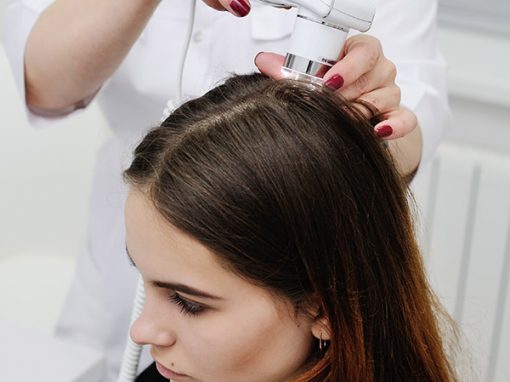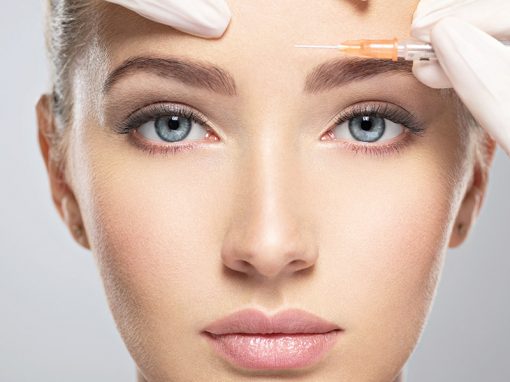
What does a chemical peel treat?
Some of the benefits include a chemical peel’s ability to:
- Reduce and diminish the appearance of fine lines and wrinkles
- Improve the tone of the skin
- Decrease discoloration
- Reduce the appearance of dark areas resulting from pregnancy or the ingestion of birth control pills
- Treat certain forms of acne
- Improve the appearance of minor scars
- Decrease the prominence of sunspots and other UV-related problems
People with lighter skin typically respond better to chemical peels, but people with darker tones can be treated successfully as well. However, there is a higher risk of patchy coloring in patients with darker skin tones.
How is a chemical peel performed?
The skin is thoroughly cleansed before the procedure. The eyes and hair are protected. Then, a chemical solution is applied to the areas of concern. The solution will vary depending on your individual skin type and the condition being treated. It may include ingredients such as glycolic acid, salicylic acid, or lactic acid. The process is controlled, and the solution is left on for a precise amount of time, just long enough to remove the damaged layers of skin.
Is a chemical peel painful?
Most patients report a mild burning, stinging sensation that is short lived. Following the procedure, your skin will be red and slightly tender.
How do I heal after a chemical peel?
Healing will take different amounts of time depending on the depth of the peel. In most cases, the skin will scale and flake off within 7 to 10 days. With medium to deeper peels, you may experience some swelling that can be controlled with medication and cold compresses. Your provider will instruct you on proper post-procedure skin care and sun avoidance.
Are there risks involved with chemical peels?
During your initial consultation, our medical aesthetician will evaluate your skin condition and discuss chemical peeling as well as alternative treatment options– such as laser procedure or microneedling. She will discuss the details of the procedure and what you can reasonably expect to see with regard to results.
Provider will review possible risks, which will vary based on your areas of concern and skin type. Be sure to ask questions and go into the procedure educated and comfortable.


























